Medical malpractice is negligence by act or omission (failure to act) by a health care provider in which the care deviates from accepted standards of practice in the medical community and causes injury or death to the patient. If you or a loved one has suffered medical malpractice, you can file a lawsuit. However, the law places limits on who can sue, and, especially, the timing of the lawsuit. If you suspect a doctor or other healthcare professional has injured you, contact a medical malpractice attorney immediately or else you may lose your right to do so. Your attorney will determine whether you have a case and inform you about the time constraints regarding filing a lawsuit.
Why a Statute of Limitations?
The Statutes of limitations can be perplexing to people outside of law. If someone has harmed you, doesn’t the harm—especially one caused by a serious medical error—remain even if time has passed since the date of the wrongdoing that caused the harm?
Problems arise when we talk about the ability to prove the existence of wrongdoing. Evidence of the wrong begins to disappear immediately. In medical malpractice, wounds heal. Often, all trace of a wrong/harm might be lost or become increasingly obscured by other events, such as additional illnesses and injuries.
In addition, records of the injury may disappear. This is of particular concern for plaintiffs (patients) who may not know all the documentation they might be asked to provide to prove their claim, but also for defendants (medical personnel) who might not retain documentation that may be vital for a lawsuit.
And then there’s the degradation of the most important evidence of all: human memory. Our memory of events begins to fade immediately, and memories can become unreliable after a period of years. Although some instances of medical malpractice may at the time seem immediately important, many are associated with events that are seemingly mundane at the time, such as a visit where a person got their cough dismissed as a lingering cold that later turned out to be related to lung cancer. These memories are vulnerable to the passage of time.
Without a statute of limitations, medical malpractice cases might linger interminably, never being brought to trial, or, when brought, they may see such degradation of evidence that a viable case becomes weaker. Although the statute of limitations is meant to protect both parties, it primarily protects a defendant (doctor/ hospital/healthcare providers) from lawsuits.
How the Statute of Limitations Varies by State
Although there are good reasons for creating a statute of limitations, the reasons for setting a specific length of time may be somewhat random. There is significant variation among the states on the specific length of a statute of limitations.
In New Jersey, the statute of limitations for medical malpractice is 2 years, but in New York, the statute of limitations for medical malpractice is 2 ½ years.
The medical malpractice statute of limitations is often different from that for other personal injury actions, partly because of the offense and the complexity of interpreting medicine and the many medical personnel who may be involved. It’s also different because the medical lobby is very powerful and works relentlessly to alter laws in its favor.
It’s Not All in the Statutes
The statute of limitations can be confusing for the layperson because although the statutes—the written text of the law—lay out a general rule, it’s up to the courts to interpret the law. The courts have laid the groundwork for some rules that can dramatically change the way the statutes of limitations work.
These are not statutory laws—they’re not written down in a straightforward manner in the state’s codes. Instead, they’re scattered among dozens of legal decisions, and they’re highly susceptible to change. These legal precedents are one reason it’s necessary to talk to a medical malpractice lawyer about your case as soon as possible: there may be an obscure ruling that has a material impact on your case.
There are rules that can “toll” the statute of limitations. This is when the statute isn’t considered to be in effect. Two of the most important rules that toll the statute of limitations are continuous treatment and discovery.
Continuous Treatment and Statutes of Limitations
The statute of limitations says that you have two years from the date the negligence occurred. But for many medical conditions, you might undergo treatment for that long or longer. If you are continuing to be treated negligently by a doctor for an extended period, does the count start at the beginning of treatment or at the end?
In many states, continuous treatment for the same condition is considered one instance. If you are continuing to undergo treatment by a doctor for a condition, the statute of limitations is tolled until treatment stops or until the injured party becomes reasonably aware of the existence of the injury, or that the injury is the result of the negligence of the medical personnel providing treatment. If the injury is immediately obvious, the injured party must file a medical malpractice claim within two years. If the injury is not obvious, the clock on the two year limitation does not start until the injury is detected or should have been detected under reasonable circumstances.
Discovery Rules
In order to address this issue, many states have adopted what is known as a “discovery rule.” The discovery rule allows people some slack in those instances where they do not discover that they were harmed within the statutory time limit. Under the discovery rule the statute of limitations does not begin to run until a person discovers he or she has been injured. Keep in mind that this rule usually will not apply if a reasonable person should have discovered the injury within the time limit. If you ignore obvious symptoms and indications of a problem, you can’t turn around and try to take advantage of the discovery rule.
Consider this example: Assume a doctor has provided sub-standard treatment to a patient. For several months, the patient shows no symptoms. However, one day the symptoms amplify, and the patient begins to experience severe and debilitating pain at the site of the surgical procedure. If the person decides not to go to the doctor even though a reasonable person would probably seek medical care under those same circumstances, the statute of limitations would probably begin to run at the point the person should have discovered the injury, i.e. the date the person began experiencing severe pain.
This is because medicine is very complicated, and it can be difficult for people to realize that they have been receiving substandard care from medical personnel they have trusted. They may not immediately seek a second opinion or do independent research because their doctor is telling them that everything is progressing as expected.
In New Jersey, the discovery rule does not apply when your claim is for wrongful death caused by medical malpractice. A claim for wrongful death must be filed within two years after the date of death, regardless of the age of the patient.
The discovery rule is specifically targeted by doctors and medical lobbyists seeking to restrict injured patient’s rights to sue for medical malpractice. If a person doesn’t know they have been hurt for two years, doctors protest: “how bad could the hurt be?” However, this neglects the complexity of medicine and the trust people put into doctors. As a compromise position, some states have different rules for certain types of medical malpractice that may be more obvious than others—such as retained objects—when doctors leave surgical tools inside patients.
Exceptions for Injuries to Children & Birth Injuries
In New Jersey, the statute of limitations for minor children who were victims of medical malpractice must file a claim within two years of the injured child’s 18th birthday, unless the injury occurred at birth. If a child sustained an obvious birth injury as the result of the medical malpractice, a medical malpractice lawsuit must be filed by the child’s 13th birthday. If the malpractice injury results in death, the wrongful death claim must be filed within two years from the date of the child’s death resulting from the physician’s negligence.
Statute of Limitations for Birth Injuries
A statutory reason the statute of limitations may be tolled is in the case of injuries sustained at birth. Here, the law often recognizes that the uncertainties of childhood development may conceal the effects of an injury sustained at birth.
To account for this uncertainty, parents may have until a child reaches the age of 13 to file a lawsuit for injuries sustained by their child at birth. This allows parents time to adequately observe the development of their children and assess the likely outcome of a birth injury because, hopefully, developmental irregularities should be obvious by this time.
Other Exceptions
In New Jersey, the statute of limitations may be extended if the doctor or healthcare provider left the state after committing the malpractice, or if the victim of malpractice was mentally ill or mentally disabled.
Why You Should Talk to a Lawyer about Statutes of Limitations.
Medical malpractice claims are factually complex and procedurally complicated from both a legal and medical standpoint. As you can see, many circumstances can change the medical malpractice statute of limitations, and it’s difficult to figure out which ones are in effect in your situation. Do not assume you have plenty of time to file a lawsuit—the clock may already be running. But you also shouldn’t assume that the statute of limitations has expired for your case. Many potential circumstances can extend your case’s lifespan. The only way to know for sure which ones apply in your case is to talk to a medical malpractice lawyer licensed to practice law in your state.
When you or a family member has been injured by the negligence of a physician or other healthcare provider, you need the assistance of a New Jersey medical malpractice lawyer who has the knowledge and resources to evaluate and investigate the medical facts of your situation and develop a case that will properly and adequately address your injuries and obtain the best possible recovery on your behalf. Your attorney should present an honest, persuasive argument to make sure you are fairly compensated for injuries, disabilities, physical pain and emotional suffering. Medical malpractice attorneys work long and hard hours in trial preparation and in trial, offering the last, best hope for a better life to victims of medical malpractice who would not otherwise be compensated.
<Image courtesy of flickr user Clyde Robinson, licensed under CC BY 2.0>













